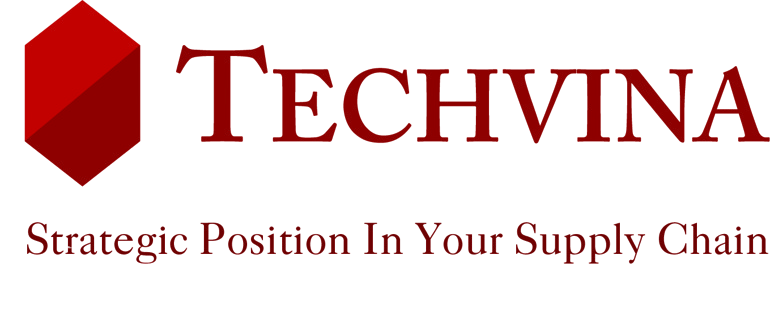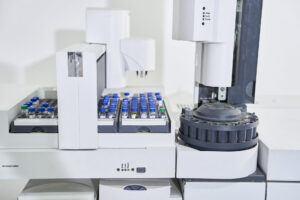Vietnam has become a significant player in the global essential oil industry, known for its biodiversity and ideal climate. The country produces a wide range of natural essential oils, including cinnamon, lemongrass, basil, and peppermint. According to the Observatory of Economic Complexity (OEC), Vietnam exported over $18.4 million worth of essential oils in 2023, placing it among the world’s top 40 essential oil exporters (OEC, 2024). This rise in exports underscores the importance of ensuring oil purity and quality—especially for international buyers navigating a complex, competitive market.

1. Why Verifying Essential Oil Purity Matters
Purity and quality are non-negotiable in today’s essential oil market. According to the U.S. Food and Drug Administration (FDA), adulterated or contaminated essential oils may pose serious health risks, including allergic reactions and toxicity (FDA Aromatherapy Guide). For brands, low-quality oils can damage trust, lead to regulatory violations, and affect product efficacy.
As the Vietnam essential oil industry gains global attention, it is essential that buyers verify the purity and authenticity of oils to meet regulatory and consumer expectations.
2. Common Methods for Testing Oil Quality
✅ Gas Chromatography–Mass Spectrometry (GC-MS)
According to Aromatics International, GC-MS is the gold standard for identifying chemical constituents in essential oils, helping detect adulterants and ensuring consistency (Aromatics.com).
✅ Physical Tests
Based on refractive index and optical rotation: These physical properties can indicate the purity of the oil. Deviation from the standard value can indicate adulteration.
✅ Organoleptic Evaluation
An initial sensory check—smelling, observing clarity, and consistency—can flag obvious issues like synthetic fragrances or cloudiness.
✅ Documentation Review
It is essential to review documentation such as Certificates of Analysis (COA), Material Safety Data Sheets (MSDS), and production certifications (e.g., GMP, ISO). According to Essential Oil Australia, third-party testing and organic certification from authorities like USDA or Ecocert offer reliable quality assurances (EssentialOilAustralia.com).
3. Recognized Standards and Certifications
According to Ecocert, globally recognized certifications such as ISO 9235, ISO 22000:2018, HACCP, and USDA Organic ensure oils are produced under strict quality control protocols.
These certifications not only guarantee purity but also signify ethical and sustainable sourcing practices (Ecocert).
For buyers in the U.S. and EU, compliance with these standards is often required for import approval.
4. Choosing a Trusted Vietnamese Supplier
When sourcing from Vietnam, working with certified, export-ready suppliers is key. Techvina, a leading Vietnamese manufacturer and exporter of cinnamon essential oil, highlights the importance of traceability and transparency. According to information on their website (techvina.vn), the company follows HACCP, ISO standards, and works with sustainable raw materials sourced from Vietnamese farmers.

Buyers are encouraged to:
- Request third-party lab results.
- Ask for factory certifications (e.g., ISO 22000:2018).
- Arrange virtual or in-person audits.
- Review previous export documentation and client references.
5. Conclusion
As the Vietnam essential oil industry continues to grow, verifying oil purity is more important than ever. From GC-MS testing to supplier audits and global certifications, importers have tools available to ensure they receive authentic, high-quality products. With suppliers like Techvina leading the way in transparency and quality assurance, Vietnam is increasingly positioned as a reliable source of natural essential oils for the global market.

